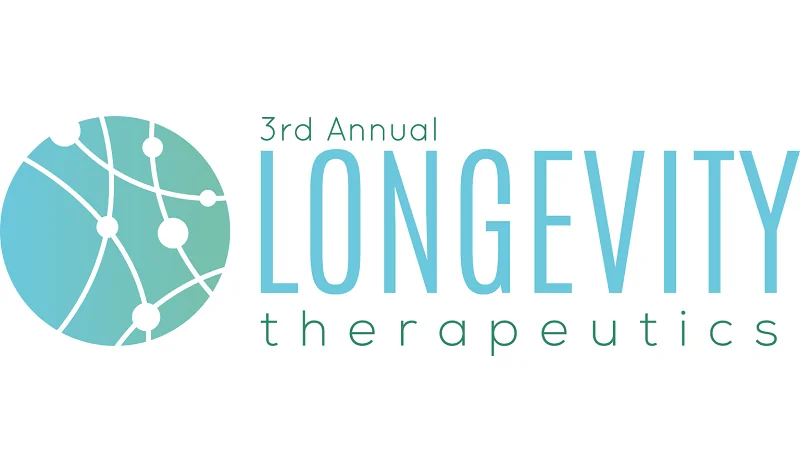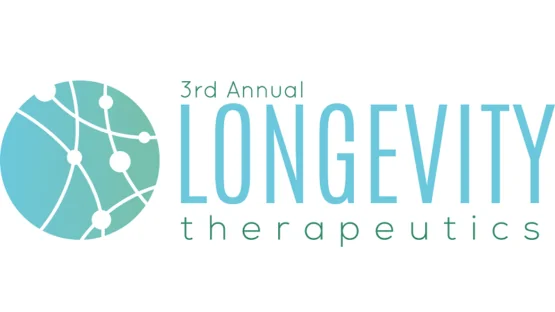Like nearly all conferences this past year, the 3rd Annual Longevity Therapeutics Summit, presented by Hanson Wade Limited, went virtual this time around. This was a stark difference from the previous two, which were rather fancy affairs in downtown San Francisco. However, we were fortunate that the organizers went forward with the event, bringing together some of the biggest names translating longevity research into human patients. In this article, we summarize the first portion of the 3rd Annual Longevity Therapeutics Summit. Be sure to look for the rest of our coverage later this week and next.
A history of longevity
The 3rd annual Longevity Therapeutics Summit opened with a talk by Dr. Marco Quarta of Rubedo Life Sciences. Dr. Quarta spoke about the way in which humans have always been interested in longevity. The concept is pervasive in mythology and appears even in the earliest scientific pursuits. However, it didn’t begin to take hold as a separate discipline until about 1970, with Hayflick’s discovery of cellular senescence and the creation of the National Institutes on Aging (NIA), a division of the National Institutes of Health (NIH) in the United States. Even so, the field didn’t begin to reach a critical mass until the 2000s, with organizations such as Methuselah, CIRM, and SENS cropping up as well as the publication of the first papers on parabiosis, the Yamanaka factors, and Aubrey de Grey’s book Ending Aging. Then, the 2010s saw an explosion within the field with the founding of Google’s Calico, the Lifespan Extension Advocacy Foundation (LEAF, that’s us!), and various venture capital funds and start-up companies. Currently, the field continues to move faster and faster with the initiation of the TAME clinical trial, hundreds of research articles published every week, and most recently, COVID-19 providing yet another example of why a focus on aging is so critically important.
Dr. Anirvan Ghosh – Unity Biotechnology
Unity is a senolytics company with several novel compounds under development. While he didn’t comment on the failed trial of its lead senolytic in osteoarthritis last fall, Dr. Ghosh did provide an update on the company’s current plans in ophthalmology. Unity believes that age-related eye disorders are an ideal next target due to the eye’s isolation from the rest of the body and the ability to use the patient’s other eye as an untreated control. After showing compelling evidence that senescent cells accumulate and drive disease in macular degeneration and diabetic retinopathy, Dr. Ghosh went on to discuss Unity’s ongoing clinical trial. This trial is looking to determine the maximum safe single dose of its proprietary compound UBX1325 when injected directly into the eye. UBX1325 is a senolytic compound that targets Bcl-xL, a mitochondrial transmembrane protein involved in the apoptosis resistance of senescent cells.
Dr. Lloyd Klickstein – ResTORbio
ResTORbio is a company targeting the mTOR pathway. Several of the company’s small molecules have shown a variety of therapeutic, anti-aging benefits. The repurposed drug BEZ235 showed promising effects on improving immune function in a phase 2 clinical trial, with treated patients developing fewer infections. However, the phase 2b trial did not repeat the results, and recently, the company’s phase 3 trial did not meet its primary endpoint. Notably, the company believes that this was potentially due to the different survey methods requested by the FDA, which asked patients more frequently if they were sick and increased the amount of noise in the dataset. ResTORbio has not yet announced its plans moving forward.
Dr. Ronald Kohanski – National Institute on Aging
Dr. Ronald Kohanski, the director of the Division of Aging Biology within the NIA, presented his talk with the provocative title “Where does aging begin?” Dr. Kohanski believes that aging is not a disease but a risk factor and a detriment to quality of life. If we equate aging with damage, aging begins even before birth. However, our ability to repair our cells and tissues is extremely strong at this stage, and so the damage does not accumulate. In this sense, aging may be better thought of in terms of robustness and plasticity, referring to the body’s ability to recover from insults and adapt to changes, respectively. We are vulnerable to injury and disease when we are young, but robustness increases as we grow and peaks at about 30 years of age before declining as we begin to age. On the other hand, plasticity decreases throughout life, especially after the age of 20, and we have a much harder time adapting to new circumstances, such as a lost limb, loss of vision, a new sport, or even a new career. With all this in mind, Dr. Kohanski poses the more interesting question: When is the best time for anti-aging interventions? While we don’t yet know the answer, Dr. Kohanski believes this is just after the age of peak reproductive fitness, or just after 30 years old in humans.
Dr. Adam Freund – Calico Life Sciences
Calico is an academic/biotech partnership focused on aging, and it was started by the Google parent company Alphabet. Dr. Freund’s presentation focused on IGF signaling through the inhibition of PAPP-A, data for which should be available in a publication later this year (Mohrin et al. 2021). Calico’s inhibition of PAPP-A had many different effects, but it particularly influenced bone marrow and mesenchymal stem cells (MSCs). The expression of collagen, one of the main components of the extracellular matrix, decreases with age, despite an increase in the number of MSCs, which are cells known to play a large role in collagen deposition. One theory for this apparent contradiction is the exhaustion of these MSCs. They may become less efficient with age, leading to less collagen deposition, which further stimulates their proliferation in order to compensate. The company’s results suggest that PAPP-A inhibition may be able to reverse this process, and Calico plans to continue pursuing this line of research.
Dr. Gordon Lithgow – The Buck Institute for Research on Aging
The Buck is one of the oldest and most prominent aging research institutes in the world. Dr. Lithgow’s presentation covered his lab’s utilization of the worm C. elegans for large-scale drug screening for compounds that influence aging. In particular, thioflavin T (TFT), alpha-ketoglutarate (AKG), and vitamin D have had the most success at extending lifespan and various other benefits, such as decreasing amyloid toxicity. Many of these findings have translated into mice, although changes in lifespan tend to be modest; instead, his team has seen a compression of morbidity (i.e. an increase in healthspan) and significant improvements in measures such as frailty. Clinical trials for AKG are currently underway, although funding trials for TFT and vitamin D are difficult, since neither compound is patentable, making them not commercially viable. Dr. Lithgow also briefly mentioned his brand new start-up, Gerostate Alpha.
If you would like to know more, cou can read about the other days below:



